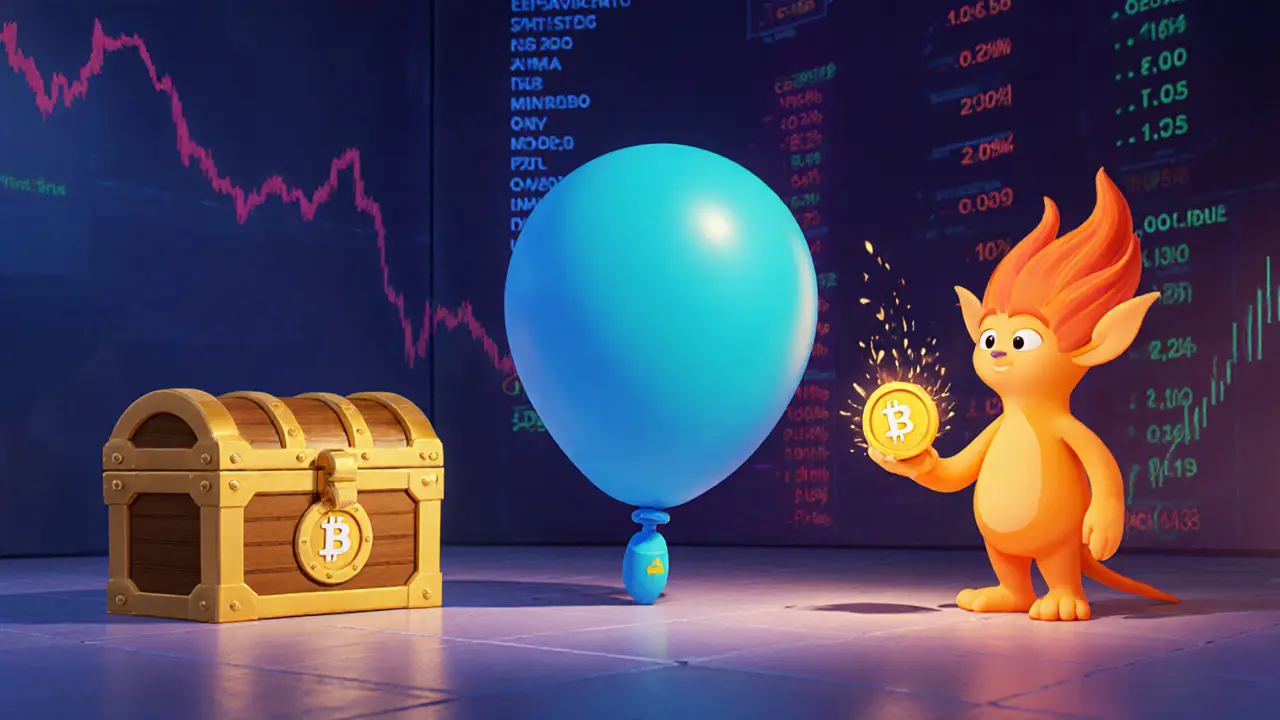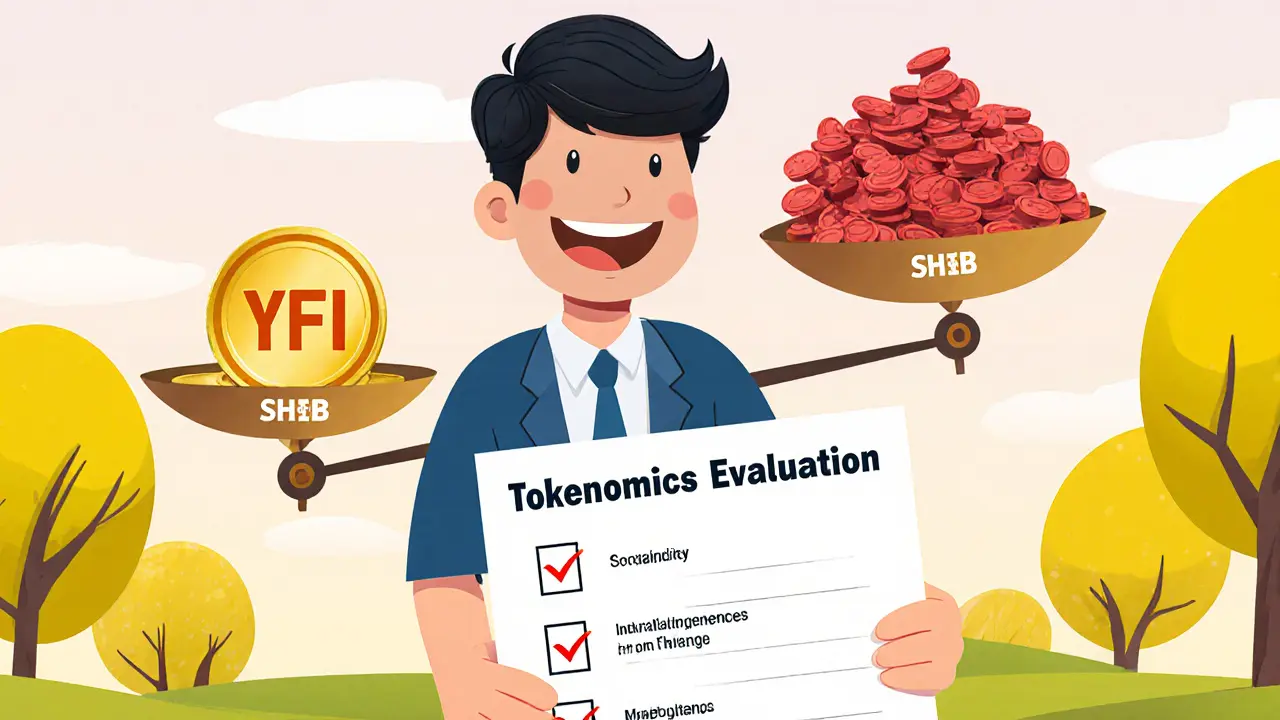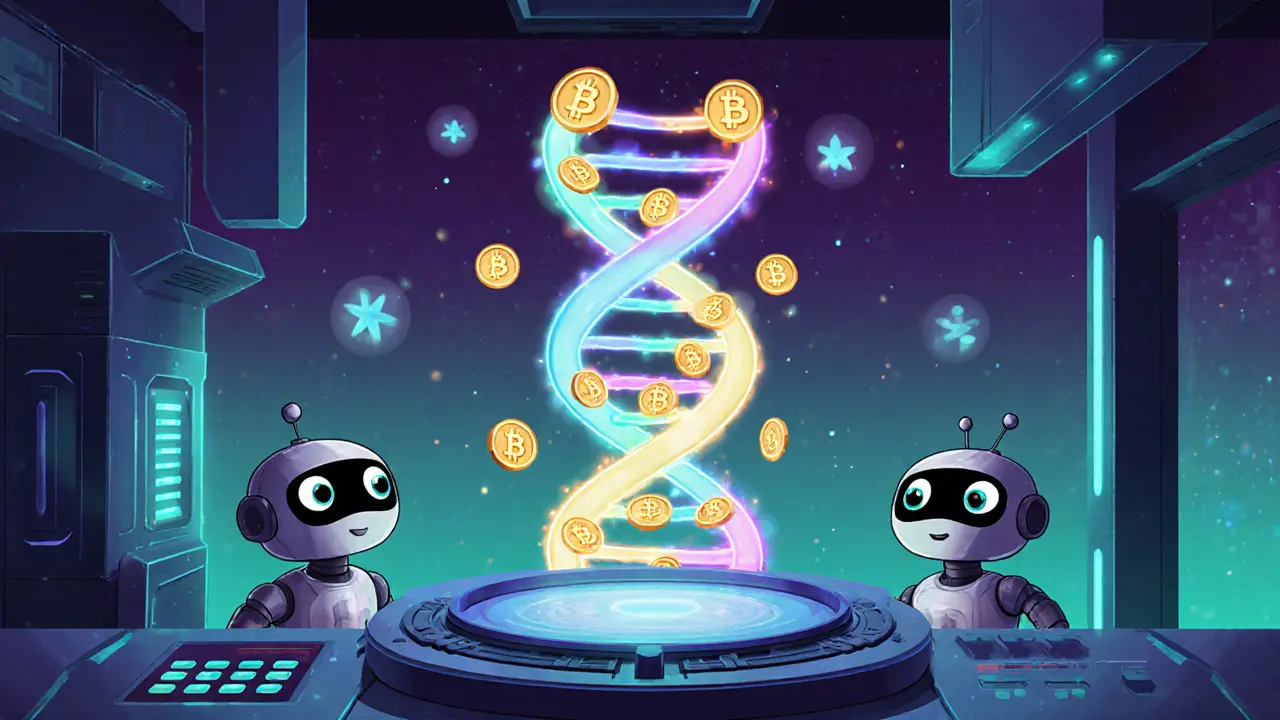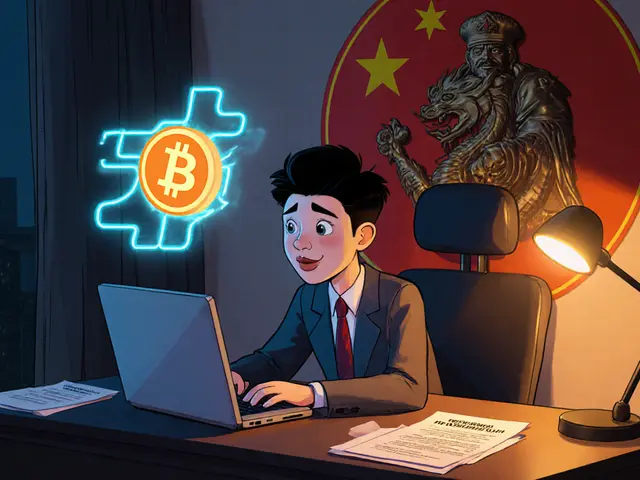Tokenomics Supply Model Calculator
Calculate Token Value Potential
Estimate token value based on supply model, utility factors, and distribution
Estimated Token Value
Based on your inputs and market conditions
Key takeaways:
- Tokenomics is the economic blueprint of a crypto token, covering supply, utility, distribution, and incentives.
- Supply models (fixed, inflationary, deflationary) directly shape scarcity and price potential.
- Utility functions-paying fees, governing protocols, accessing services-drive real demand.
- Distribution choices affect who owns the token and how power is spread across the ecosystem.
- Well‑designed incentive structures encourage holding and participation, while poor designs push speculation and sell‑offs.
What is Tokenomics?
When you hear the term Tokenomics is the economic framework that defines how a digital token works inside a blockchain network. It blends "token" and "economics" to answer three basic questions: What does the token do? How many will exist? Who gets them and why?
Think of tokenomics as the DNA of a cryptocurrency. Just as DNA tells a living organism how to grow and survive, tokenomics tells a crypto project how to create value, attract users, and stay viable over time.
Core Components of Tokenomics
Every token’s economic design boils down to four pillars:
- Supply characteristics - total supply, circulating supply, and issuance schedule.
- Utility functions - the real‑world tasks the token performs (paying fees, voting, staking, etc.).
- Distribution mechanisms - how tokens are allocated among founders, investors, community members, and reserves.
- Incentive structures - rewards that influence user behavior, such as staking yields or governance rights.
Each pillar interacts with the others; change one and the whole economic balance shifts.
Supply Models and Their Impact
The supply side is often the first thing investors look at because it sets the stage for scarcity and inflation. Below is a quick comparison of the three most common models.
| Model | Issuance | Scarcity | Typical Use‑Case |
|---|---|---|---|
| Fixed supply | All tokens minted at launch | High (max cap) | Store of value (e.g., Bitcoin) |
| Inflationary | New tokens created per block | Low to moderate | Rewarding validators (e.g., Ethereum 2.0) |
| Deflationary | Tokens burned on transactions | Increasing over time | Encouraging holding (e.g., Binance Coin) |
Notice how a deflationary model can turn transaction volume into scarcity, while an inflationary model can subsidize network security.

Utility: Why the Token Exists
Utility is the practical reason users keep a token in their wallet. Common utilities include:
- Transaction fees - tokens like ETH pay for executing smart contracts.
- Governance - holders vote on protocol upgrades (e.g., UNI).
- Staking - locking tokens to earn rewards and secure the network.
- Access rights - token gates to services or platforms (e.g., Filecoin storage).
If a token offers no genuine use case, demand will rely solely on speculation, which is far riskier.
Distribution: Who Gets the Tokens?
Distribution describes the initial and ongoing allocation of tokens. Typical buckets are:
- Founders & team - usually vested over several years to avoid immediate sell‑off.
- Investors - private‑sale participants, often with lock‑up periods.
- Community rewards - airdrops, liquidity mining, or proof‑of‑participation incentives.
- Reserve treasury - funds kept for future development, marketing, or ecosystem grants.
Transparent, fair distribution lowers the risk of a "pump‑and‑dump" scenario where early insiders unload massive amounts.
Incentive Structures: Nudging Desired Behavior
Incentives shape how participants interact with the network. Effective designs align personal profit with network health. Examples include:
- Staking yields - higher returns for longer lock‑up periods encourage holding.
- Liquidity mining rewards - tokens given for providing liquidity on DEXs, boosting market depth.
- Burn mechanisms - a portion of fees is destroyed, making remaining tokens more valuable.
- Governance voting power - holding more tokens translates into greater influence, rewarding long‑term commitment.
When incentives are misaligned, you often see massive sell pressure after a token’s launch, as seen in many short‑lived meme projects.

Evaluating Tokenomics for Investment Decisions
Investors should use a checklist rather than rely on hype:
- Supply clarity - Is the total cap known? Are future minting or burning schedules transparent?
- Utility relevance - Does the token solve a real problem or just act as a payment shortcut?
- Distribution fairness - Are large holders vested? Is the community allocation substantial?
- Incentive durability - Are rewards sustainable, or will they run out and trigger a dump?
- Economic modeling - Does the whitepaper include realistic scenarios, not just idealized growth?
Projects that score well across these points tend to have steadier price trajectories and lower volatility.
Real‑World Examples
Consider two tokens that illustrate how tokenomics can diverge dramatically:
- Yearn.finance (YFI) - Fixed supply of 30,000 tokens, pure governance utility, and a founder‑vested allocation that quickly distributed to early contributors. The scarcity and strong governance role explain its high price per token.
- Shiba Inu (SHIB) - Quadrillions of tokens, minimal utility beyond meme status, and a large portion held by a few wallets. High supply and weak incentives keep price per token minuscule despite a massive market cap.
Both have massive market caps, but YFI’s tokenomics create genuine demand, while SHIB’s design fuels speculation.
Common Pitfalls to Watch Out For
Even well‑intentioned projects can stumble. Typical red flags include:
- Unlimited minting rights for the team.
- Vesting periods that are too short, leading to early sell‑offs.
- Lack of clear utility beyond “exchange for other crypto”.
- Complex reward formulas that are hard to audit.
- Heavy reliance on a single large holder for network security.
Spotting these issues early can save you from costly mistakes.
Frequently Asked Questions
How does token supply affect price?
A lower maximum supply usually creates scarcity, which can drive higher prices if demand stays steady. Conversely, an ever‑increasing supply can dilute value unless new demand matches the extra tokens.
What is the difference between a utility token and a security token?
Utility tokens grant access to a product or service within a blockchain platform, while security tokens represent an ownership stake or investment contract and are subject to securities regulations.
Why do some projects burn their tokens?
Burning removes tokens from circulation permanently, reducing supply and theoretically increasing scarcity, which can boost price and signal confidence from the developers.
Can tokenomics change after launch?
Yes, but changes require community approval or hard‑forks. The process is far more difficult than tweaking a fiat monetary policy, so reputable projects lock core parameters in the whitepaper.
How do I spot a strong incentive structure?
Look for rewards that align long‑term holding with network health, such as staking yields that increase with lock‑up time, or governance rights that grow with token age.
Grasping tokenomics isn’t just for analysts; it’s the shortcut to spotting projects that can survive the crypto roller coaster. By dissecting supply, utility, distribution, and incentives, you turn a vague hype story into a clear economic picture.
When the next token catches your eye, ask yourself: Does its tokenomics make sense on paper and in practice? If the answer is yes, you’ve just taken a big step toward smarter crypto investing.




5 Comments
Ali Korkor
Tokenomics is just crypto speak for "how do we make people care about this digital piece of paper"? But honestly? This post nails it. Fixed supply = scarcity. Utility = real use. No utility = just gambling with extra steps. I’ve lost money on tokens that looked cool but had zero reason to exist. Learned the hard way.
Norman Woo
they all got tracked by the feds anyway. burn mechanisms? more like "burn your money and let the devs get rich". look at bitcoin-no one controls it, but every other coin? team holds 20%+ and dumps on launch. they’re all ponzi. just dress it up with fancy graphs and "governance". i saw a video where the dev said "we’ll burn tokens" then sold his entire wallet the next day. wake up people.
Serena Dean
Love this breakdown! Seriously, so many people jump into crypto thinking "more supply = more value" but that’s like saying printing more dollar bills makes you richer. Utility is everything. I’ve held ETH for years not because it’ll hit $100k (who knows?) but because I need it to interact with dApps, pay gas, and vote on upgrades. It’s not just an investment-it’s a tool. And staking yields? If they’re sustainable and tied to network health, that’s gold. Skip the ones with 500% APY-those are fireworks, not fireplaces.
James Young
Ugh. This post is basic. You think supply models matter? Look at DOGE-quadrillions of tokens, zero utility, still a top 10 coin because of memes and Elon. Tokenomics is a fairy tale for retail losers who think they can "analyze" their way to riches. Real value comes from hype, liquidity, and FOMO. The "utility" stuff is just marketing fluff to make people feel smart while they get rekt. If you’re not trading based on sentiment and whale movements, you’re already behind. Stop reading whitepapers and start watching Twitter trends.
Jonathan Tanguay
Look, I’ve read every whitepaper since 2017 and I’ve seen this exact template a thousand times. "Four pillars"? That’s just corporate jargon slapped onto blockchain. Real tokenomics isn’t about checklists-it’s about *incentive alignment over time*. Most projects get the supply model right but completely botch distribution-like, 15% to the team? That’s not vesting, that’s a slow-motion rug pull. And don’t even get me started on "governance tokens" where 3 wallets hold 60% of votes and the community’s just there to look pretty. YFI worked because it was *anti-establishment*-no team allocation, no VC money, pure community. SHIB? A marketing stunt with a 1000x supply inflation that makes inflationary models look conservative. And don’t tell me "burning tokens" fixes anything-burning 0.0001% of supply every month is a placebo. True scarcity is fixed, immutable, and enforced by code, not PR. If your token’s value depends on a central team deciding to "burn" some coins next quarter, you’re not building a decentralized economy-you’re running a casino with a blockchain theme.